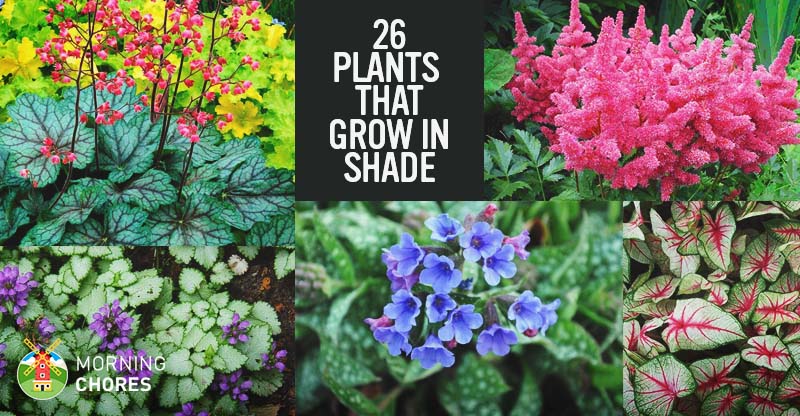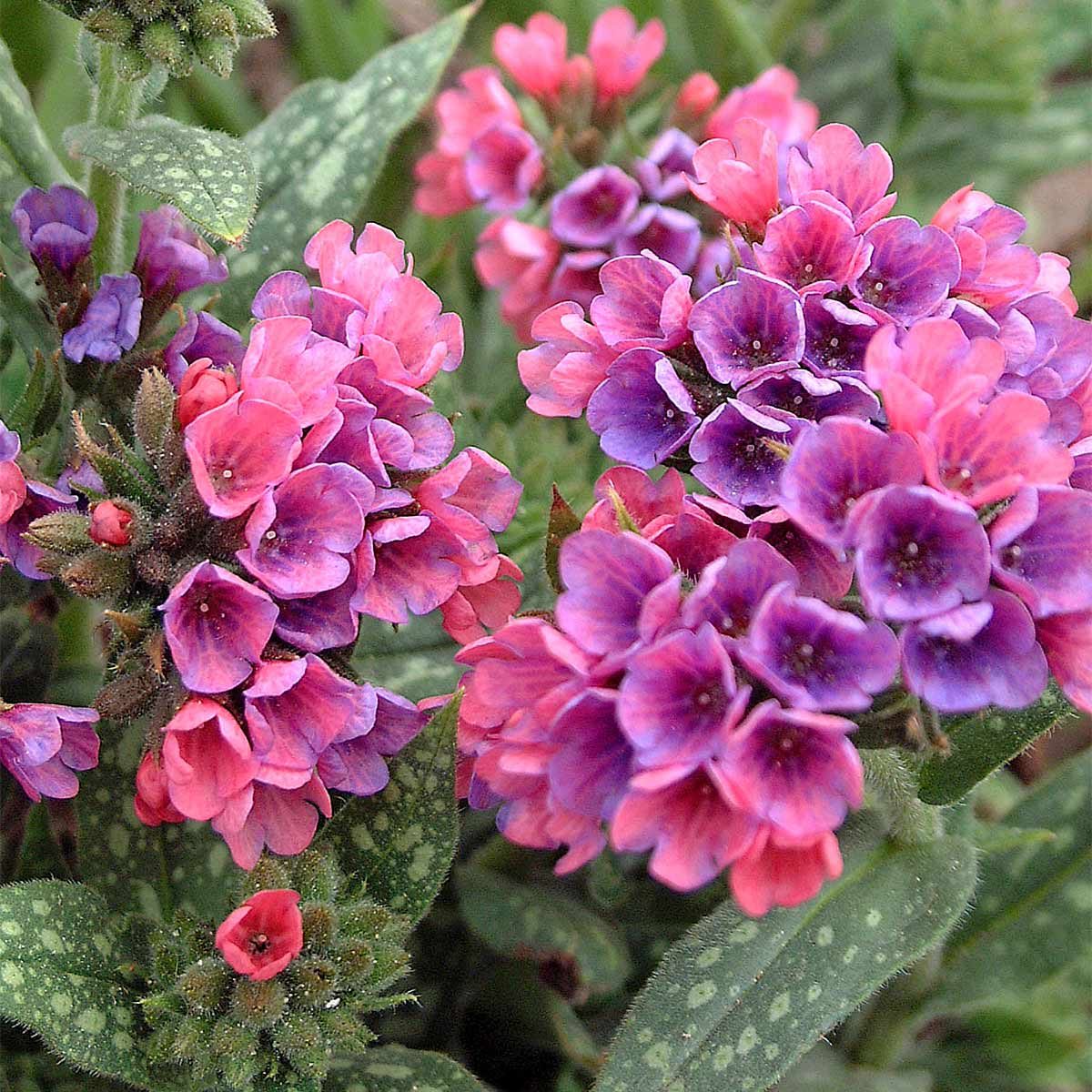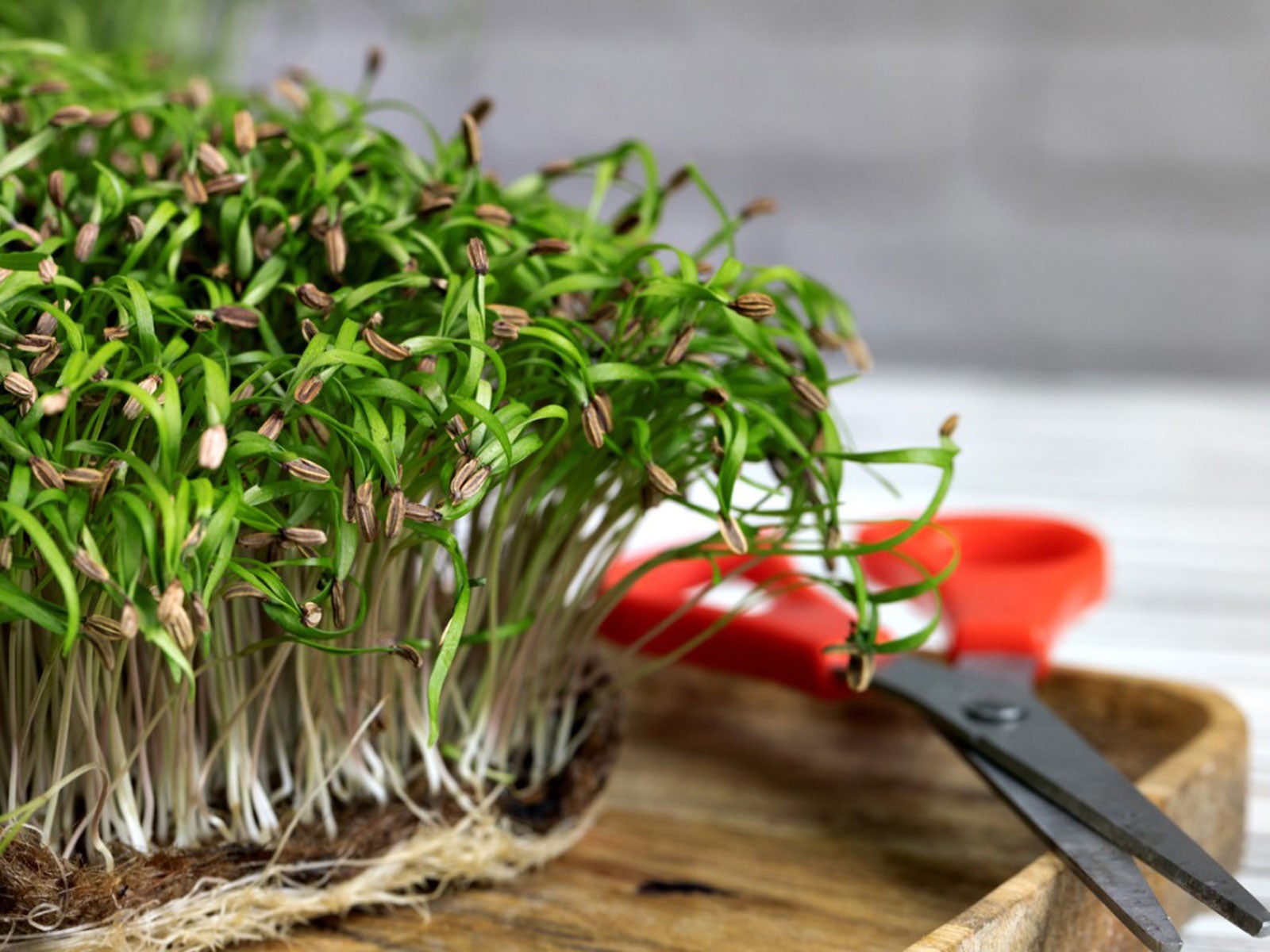How to Choose the Best Plants for Shaded Gardens

Are you tired of seeing your garden struggle in the shadows? Do you dream of transforming those shady corners into lush, vibrant oases? Choosing the best plants for shaded garden areas can seem daunting, but with the right knowledge and a touch of creativity, you can create a thriving haven that defies the lack of sunlight. Let’s dive into the world of shade-tolerant plants and discover how to make your shaded garden ideas come to life.
Understanding Shade: The Basics
Before we delve into the best plants for shade, it's crucial to understand the different types of shade. Shade can be categorized into three main types:
- Full Shade: Areas that receive less than 3 hours of direct sunlight per day.
- Partial Shade: Areas that receive 3 to 6 hours of direct sunlight per day.
- Dappled Shade: Areas that receive filtered light through tree canopies or other overhead structures.
Understanding the type of shade in your garden will help you select the most suitable plants for shady areas.
Top Shade-Tolerant Plants for Your Garden
Perennials
Perennials are a great choice for shaded gardens because they return year after year, providing consistent beauty with minimal effort. Some of the best perennials for shade include:
- Hosta: Known for their lush foliage, hostas come in a variety of sizes and colors. They thrive in partial to full shade and are relatively low-maintenance.
- Ferns: With their delicate fronds, ferns add a touch of elegance to any shaded garden. They prefer moist, well-drained soil and thrive in partial to full shade.
- Astilbe: This plant produces feathery plumes of flowers in shades of pink, red, and white. Astilbe prefers partial shade and moist soil.
Annuals
Annuals are perfect for adding a pop of color to your shaded garden. Some of the best annuals for shade include:
- Impatiens: These vibrant flowers come in a variety of colors and thrive in partial to full shade. They are easy to grow and require minimal care.
- Begonias: Known for their waxy leaves and colorful flowers, begonias are a great choice for shaded areas. They prefer partial shade and well-drained soil.
- Coleus: This plant is prized for its colorful foliage, which comes in a variety of hues. Coleus thrives in partial shade and is relatively low-maintenance.
Shrubs and Trees
Shrubs and trees can add structure and height to your shaded garden. Some of the best options include:
- Hydrangea: These beautiful shrubs produce large clusters of flowers in shades of pink, blue, and white. They thrive in partial shade and well-drained soil.
- Japanese Maple: This tree is known for its delicate foliage, which turns vibrant shades of red and orange in the fall. Japanese maples prefer partial shade and well-drained soil.
- Rhododendron: These evergreen shrubs produce showy flowers in a variety of colors. They thrive in partial to full shade and prefer acidic soil.
Tips for Successful Low-Light Gardening
Soil Preparation
The key to successful low-light gardening is proper soil preparation. Most shade-tolerant plants prefer well-drained, nutrient-rich soil. Adding compost or other organic matter to your soil can improve its structure and fertility.
Watering
Shaded gardens tend to retain moisture longer than sunny areas, so it’s important not to overwater. Allow the soil to dry out slightly between waterings to prevent root rot.
Mulching
Mulching your shaded garden can help retain moisture, suppress weeds, and regulate soil temperature. Organic mulches, such as shredded leaves or bark, are particularly beneficial for shade-tolerant plants.
Pruning
Regular pruning can help improve air circulation and prevent disease in your shaded garden. Remove dead or damaged branches and thin out dense foliage to allow more light to reach your plants.
Creative Shaded Garden Ideas
Vertical Gardening
If your shaded garden is short on space, consider vertical gardening. Climbing plants like ivy or clematis can add height and interest to your garden while thriving in the shade.
Container Gardening
Container gardening is a great way to add color and variety to your shaded garden. Choose shade-tolerant plants that are well-suited to containers, such as ferns, impatiens, or coleus.
Ground Covers
Ground covers can help fill in bare spots in your shaded garden and prevent weed growth. Some of the best ground covers for shade include pachysandra, ajuga, and vinca.
Conclusion
Creating a beautiful shaded garden is all about choosing the right plants and providing them with the care they need to thrive. Whether you’re dealing with full shade, partial shade, or dappled shade, there are plenty of shade-tolerant plants that can transform your garden into a lush, vibrant oasis. So, why wait? Start planning your shaded garden today and watch as your dreams take root and bloom.
FAQs
What are the best plants for full shade? Some of the best plants for full shade include hostas, ferns, and impatiens. These plants thrive in low-light conditions and require minimal care.
How often should I water my shaded garden? Shaded gardens tend to retain moisture longer than sunny areas, so it’s important not to overwater. Allow the soil to dry out slightly between waterings to prevent root rot.
What is the best mulch for a shaded garden? Organic mulches, such as shredded leaves or bark, are particularly beneficial for shade-tolerant plants. They help retain moisture, suppress weeds, and regulate soil temperature.
Can I grow vegetables in a shaded garden? While many vegetables require full sun, some shade-tolerant vegetables include lettuce, spinach, and kale. These plants can thrive in partial shade and are great for low-light gardening.
How can I add color to my shaded garden? Adding color to your shaded garden can be achieved through a variety of shade-tolerant plants, such as impatiens, begonias, and coleus. These plants come in a variety of vibrant colors and thrive in low-light conditions.


0 Response to "How to Choose the Best Plants for Shaded Gardens"
Post a Comment